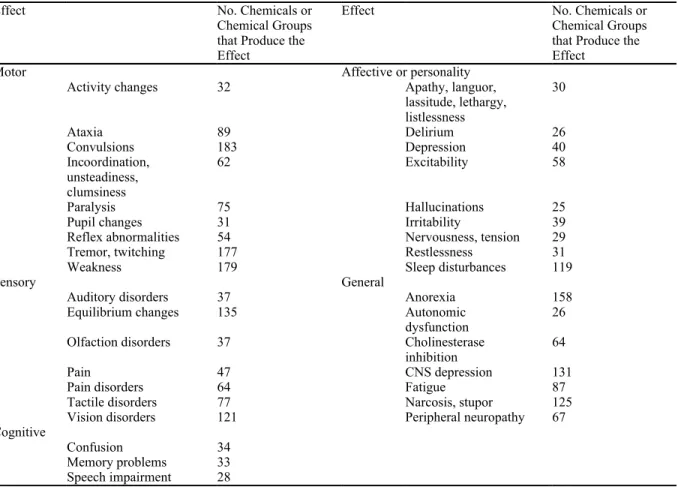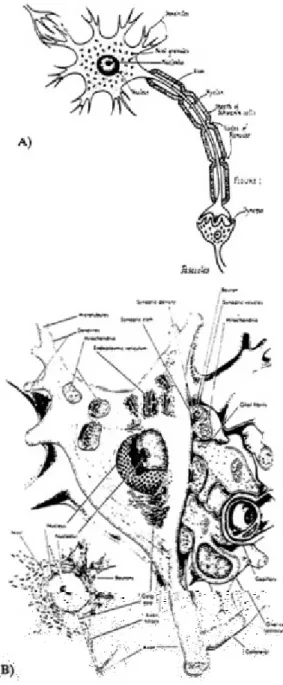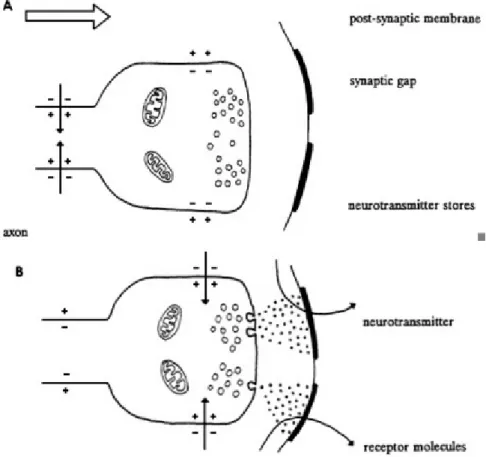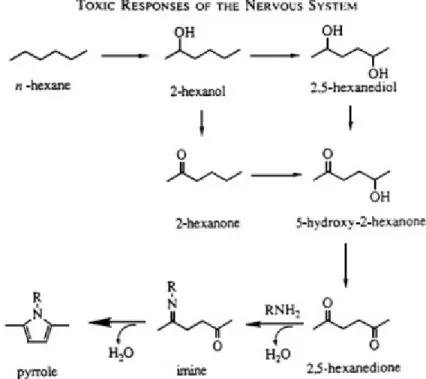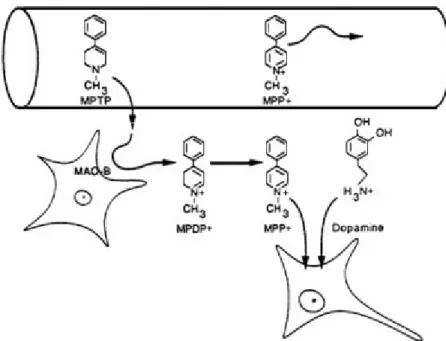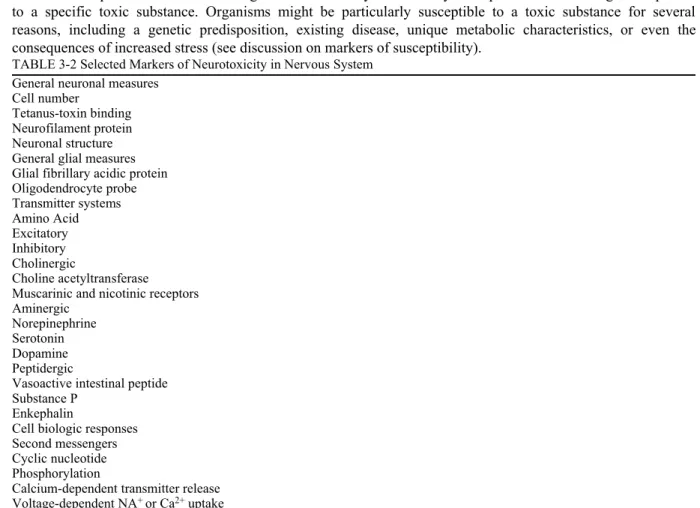The National Academy of Engineering was established in 1964, under the charter of the National Academy of Sciences, as a parallel organization of outstanding engineers. The Committee for Environmental Studies and Toxicology in the National Research Council's Commission for Biosciences has convened the Committee for Neurotoxicology and Models for Risk Assessment.
Executive Summary
The results of the screen and a chemical's exposure pattern would guide further characterization of dose-response relationships. the original work has been recomposed from XML files created from the original paper book, not from the original sentence files. The Committee recommends that, for reasons of efficiency, integrated studies combining a number of endpoints should be considered in the development of the neurotoxicity testing strategy.
Environmental Toxicology
Introduction: Defining the Problem of Neurotoxicity
In addition, environmental toxicants can disturb the complex interactions between the nervous system and other organs. The original work is recomposed from the XML files generated from the original paper book, not the original print files. The data needed to estimate the overall magnitude of the environmental neurotoxicity problem do not exist.
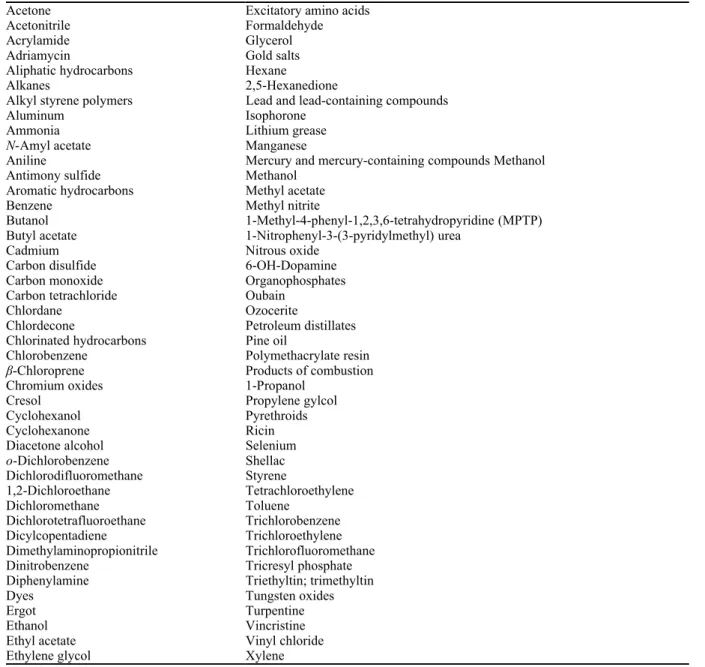
Biologic Basis of Neurotoxicity
It is the extreme stability of neurofilaments that results in the localization of toxic damage to the nerve. Many foreign substances can alter the normal activity of the nervous system through a variety of mechanisms.

Biologic Markers in Neurotoxicology
Over the next few years, many of the tools will be used to assess chemical exposure. How they are applied to the neurosciences may change as our knowledge of the underlying disease processes of the nervous system increases. In the context of the nervous system, a biological marker of exposure is an exogenous substance or its metabolite or the product of an interaction between a substance and some target molecules or other receptors of the nervous system.
Cell Biological Responses Second Messengers The cyclic nucleotidation of the original work was newly assembled from XML files generated from the original paper book, not from the original betting files. An early event in a biological process that predicts the development of a medical impairment. Markers of early biological effects include changes in the functions of target nervous system tissues after exposure.
Animal models are useful for understanding the basic mechanistic processes of marker expression and the relationships between exposure, early effects and disease and are therefore useful in the validation of biological markers (see Chapter 4). One of the most serious challenges for the use of animal models in neurotoxicology is that many expressions in the human central nervous system are quite different from those that can be directly assessed in animal models. It is important to note that, due to the metabolism and pharmacodynamics of chemical toxins, there is a continuing need for the development of better and more accurate markers of internal dose that can be used to estimate biologically effective doses.
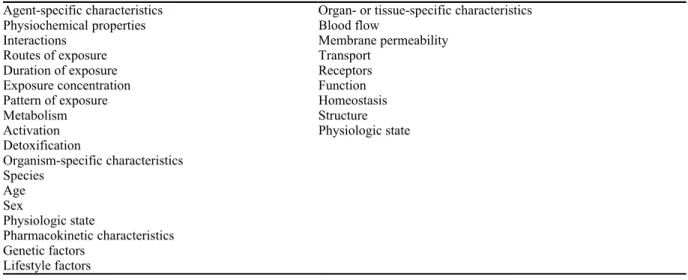
Testing for Neurotoxicity
In the design of neurotoxicity screens, no single test can be used to examine all aspects of the nervous system. A wide variety of in vitro systems are now available for studying the development of the nervous system and the normal function of neurons and glial cells. In fact, essentially all parts of the nervous system are cultured in vitro in one form or another.
It is assumed that many of the individual observational components overlap in the neurological functions they assess (autonomic function, motor function, balance, excitability, and sensorimotor reflexes). Several clinical neurophysiological tests have been used in exposed animals for diagnostic or prognostic evaluation of the nervous system. The biological basis of the electrophysiological response is generally well understood and can be collected relatively quickly (Mattsson et al., 1989).
Most neurotoxic damage is evident at the microscopic level, but major changes in structure can be reflected in significant changes in brain weight. In patients with Alzheimer's disease, some areas of the cerebral cortex use less glucose (Friedland et al., 1989). Until the passage of the Toxic Substances Control Act (TSCA) in 1976, there was no legal mechanism in the United States for prospectively evaluating the neurotoxicity of new industrial chemicals (OTA, 1990).
Of the 6,120 PMNs submitted, they underwent additional assessment (approximately half of these were found to be associated with an unreasonable risk); of those identified for additional assessment, 220 were suspected of being potentially neurotoxic (OTA, 1990). In the long term, mechanistic studies are needed to advance understanding of the fundamental molecular targets of neurotoxic chemicals.

Surveillance to Prevent Neurotoxicity in Humans
If latitude is possible in the selection of tests, the selection is based on signs reported in the exposed group and the known neurotoxic effects of the test chemical (or of structurally related chemicals). The NES includes variants of five of the seven WHO NCTB tests, and the developers of the NES recommend that the user select tasks to be used according to specific exposure situations (Baker et al., 1985). Specific monitoring or screening devices (eg, Optacon and Vibratron II to assess vibration sensitivity and NTE II to detect loss in temperature sensitivity) have successfully identified neuropathy at the preclinical stage (Arezzo and Schaumburg.
As understanding of the various mechanisms of neurotoxicity increases, confidence that a comprehensive battery can be assembled should grow. Ideally, it would be based on the functions of the nervous system and the range of potential neurotoxic effects, and this is not yet possible. Neither battery thoroughly assesses sensory effects, and the computer-based NES does not use a well-established test of motor performance.
The NES can be used to test most of the same functions tested by the WHO NCTB, and new tests are added periodically. This requires careful comparison between observed physical and temporal patterns of exposure to possible toxins and the occurrence of the cases. Prospective surveillance of populations exposed to neurotoxic agents in specific settings, such as the workplace, is a promising approach to the early and sensitive detection of functional impairment of the nervous system.
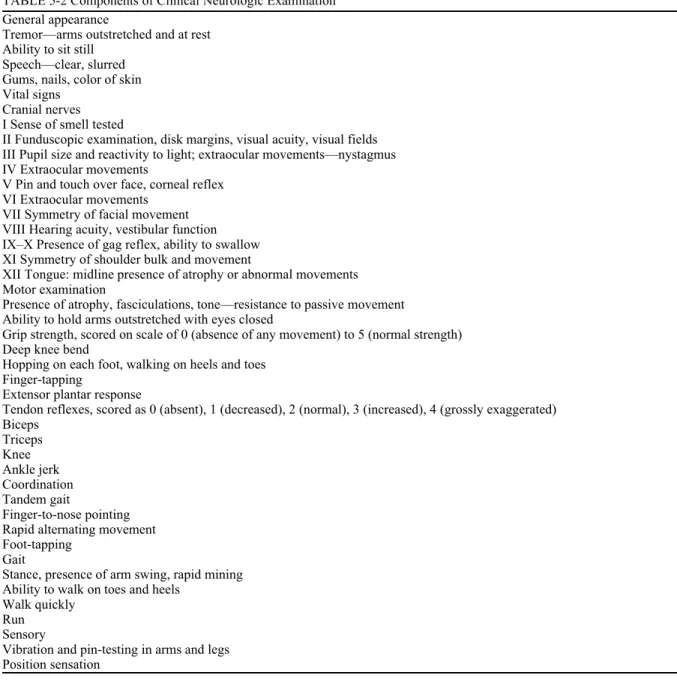
Risk Assessment
However, it should be noted that the shape of the dose-response curve at the lower end is often difficult to determine. Finally, all of the foregoing information - the nature of the expected outcome, the relationship between dose and outcome (response), and the expected range and distribution of doses from person to person. One of the most fully investigated cases of this type of neurotoxicity is related to the effects of lead on cognitive function.
The inclusion of a safety factor (usually 10 raised to some power) reflects a policy decision to include in a quantitative way some of the uncertainties associated with the risk assessment. As mentioned above, statistical approaches to risk assessment must be consistent with what is known about the mechanisms of action or the biology of the affected system. However, the evidence for the general applicability of this assumption to all neurotoxicants is relatively weak.
In any case, the application of the NOAEL-LOAEL (or BD) approach to all neurotoxicants is unlikely to be biologically sound. The results of animal experiments are consistent with the hypothesis of a lack of threshold for prenatal irradiation during the critical period of organogenesis of the cortex (Schull et al., 1990). Alternatively, some of the time-to-tumor models (Peto et al., 1980; Krewski et al., 1983) considered in cancer risk assessment may be relevant to such mechanisms of neurotoxicity.
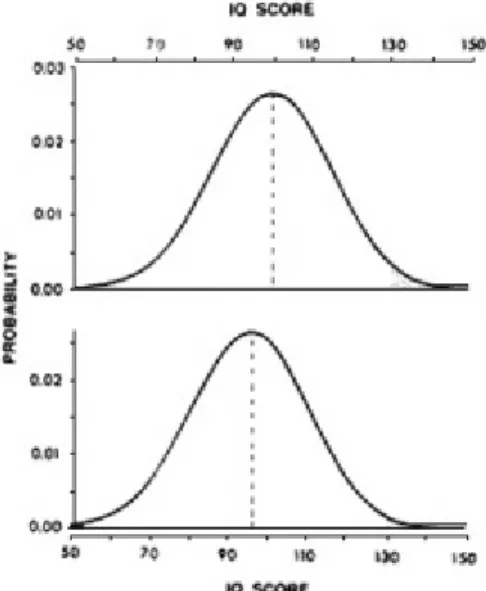
Conclusions and Recommendations
Based on the available evidence, the committee assumes that an as yet unspecified fraction of human neurological and psychiatric disease can be attributed to chemical agents in the environment. The committee recommends that a more precise estimate be made of the extent of the problem of neurological and psychiatric dysfunction attributable to chemical agents in the environment. For effectiveness, integrative studies combining a range of endpoints should be explored in the development of the strategy.
Furthermore, a detailed understanding of the pathogenesis of the neurotoxic damage caused by different agents is needed. The committee also recommends that existing disease surveillance systems, such as those of the Social Security Administration, the Department of Veterans Affairs, and the National Center for Health Statistics, be modified to provide more useful data on the incidence and prevalence of chronic neurological and mental disorders, some of which are likely of occupational and environmental origin. Once animal models of the human disease have been established, laboratory studies can then determine the mechanistic details that would help control the original situation and facilitate risk assessment.
The committee notes that the recognition of the possible environmental origin of neurological and psychiatric diseases is hindered by the inadequate training of most doctors and other health workers in the field of occupational and environmental medicine. The inclusion of the concept of control health events (SHE) in surveillance systems specifically for neurotoxic diseases should be encouraged. The committee further recommends that risk assessment methods that capture the complexity of the neurological response, including dose-time relationships, multiple outcomes, and integrated organ systems, be used to improve the assessment of human risk associated with exposure to potential neurotoxic agents. develop.
On the pattern of changes in the rat nervous system produced by 2,5-hexanediol: A topographical study by light microscopy. Functional development of the prefrontal cortex in early life and the problem of neuronal plasticity. Distortions of the nodes of Ranvier from axonal extension by filamentous masses in hexacarbon intoxication.
Effects of noise and ototoxic drugs at the cellular level in the cochlea: a review. Kinetics of sodium channel modification as a basis for altering the effects of pyrethroids and DDT analogs on nerve membranes. Paper presented at the Annual Meeting of the American Association for the Advancement of Science in Occupational and Environmental Neurotoxic Risk Assessment Symposium, Philadelphia, PA, May 26.
Effects of prenatal methylazoxymethanol (MAM) exposure on brain weight, hypothalamic cell number, pituitary structure, and postnatal growth in rats. Alteration of repeated acquisition of response sequences in rats with low-level microwave exposure. Development of formal risk assessment methods for neurotoxic substances: an assessment of the state of the art.
Index
However, page breaks are tyler and other sentence-specific formatting cannot be preserved, and some typographical errors may have been accidentally inserted. However, page breaks are tyler and other sentence-specific formatting cannot be preserved, and some typographical errors may have been accidentally inserted.
